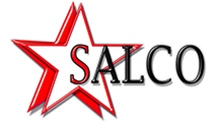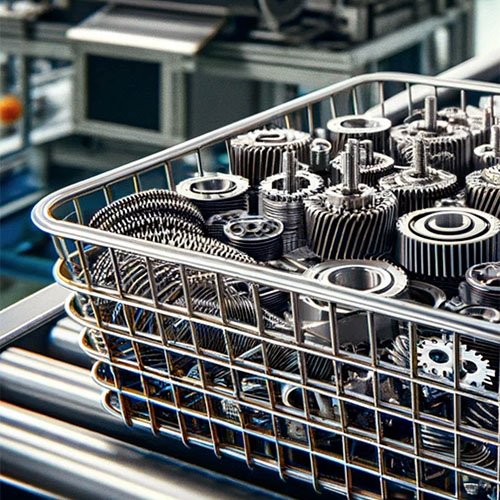Electrophoretic deposition, commonly known as e-coating, is an advanced surface finishing technique widely used in the automotive industry to apply a protective and decorative coating to metal parts. This process ensures uniform paint application and is highly valued for its efficiency, cost-effectiveness, and superior coverage. Below, we delve into the multiple advantages that make e-coating a preferred choice for automotive parts production.
What is E-Coating?
E-coating, short for electrophoretic coating, involves submerging the part in a water-based solution containing paint particles, which are then electrically charged to adhere to the metal surface. This method allows for a thorough and consistent coating, even on complex geometries and hidden surfaces that are challenging to reach with traditional spray painting techniques.
Consistent Quality and Uniform Thickness
One of the hallmark benefits of this process is its ability to provide uniform paint layers across the entire surface of the part. Unlike conventional painting methods where application thickness can vary, e-coating uses electrical current to deposit the paint, ensuring even coverage even in recessed or hard-to-reach areas. This uniformity is crucial for automotive parts, which often have intricate shapes and require consistent protection from environmental factors.
Enhanced Corrosion Resistance
Corrosion resistance is a critical requirement in automotive parts manufacturing. E-coating offers superior corrosion protection by sealing the substrate from air and moisture, which are primary factors in rust and corrosion. The process forms a barrier that significantly extends the lifespan of automotive gears and other components under various environmental conditions, including exposure to salt, water, and UV rays.
E-Coating Efficiency and Cost-Effectiveness
This process is not only effective in terms of quality but also in reducing production costs and increasing efficiency in automotive manufacturing.
Lower Material Waste
The precision of e-coating results in minimal overspray, reducing waste and saving costs on paint materials. Since the excess paint can be recirculated and reused, this process is more sustainable and economical compared to other methods that can result in significant paint loss.
High Throughput and Automation
The process lends itself well to automation, which is essential in the high-volume production environment of automotive manufacturing. Automated e-coating lines can handle large batches of parts simultaneously, ensuring consistent quality and faster production times. This automation not only speeds up the manufacturing process but also reduces labor costs and minimizes human error.
Environmental Advantages
In today’s eco-conscious market, the environmental impact of manufacturing processes is a significant concern for both producers and consumers. E-coating addresses these concerns with several environmentally friendly features.
Lower Volatile Organic Compound (VOC) Emissions
Traditional paint processes often involve solvents that release VOCs into the atmosphere, contributing to air pollution and potential health risks. E-coating solutions are primarily water-based, significantly reducing the use of harmful solvents and thereby lowering VOC emissions. This aspect makes this process an environmentally preferable option in automotive parts production.
Energy Efficiency
The e-coating process generally operates at lower temperatures compared to other curing processes, such as powder coating or conventional baking of solvent-based paints. This lower temperature requirement results in reduced energy consumption and, consequently, lower production costs and a smaller environmental footprint.
Integration with Other Coating Technologies
This process doesn’t have to stand alone but can be integrated with other coating technologies for enhanced performance. For example, parts can be e-coated for their primary corrosion resistance layer and then top-coated with powder coating or a wet spray for additional color, gloss, or thickness, creating a robust multi-layer protective system that is tough against physical and chemical damage.
Improved Adhesion for Subsequent Coatings
E-coating provides an excellent base layer that improves the adhesion of subsequent top coats. This compatibility is crucial for automotive parts, which often require multiple coating layers to achieve the desired aesthetic and functional properties.
Conclusion
E-coating represents a transformative approach in the automotive industry, offering unmatched advantages in terms of quality, efficiency, and environmental safety. Its ability to provide durable, uniform, and cost-effective coatings makes it an essential process in the production of automotive parts, aligning with the industry’s ongoing pursuit of innovation and sustainability. As automotive manufacturers continue to face stringent environmental regulations and high-quality standards, this process will likely play an increasingly important role in their manufacturing processes.



